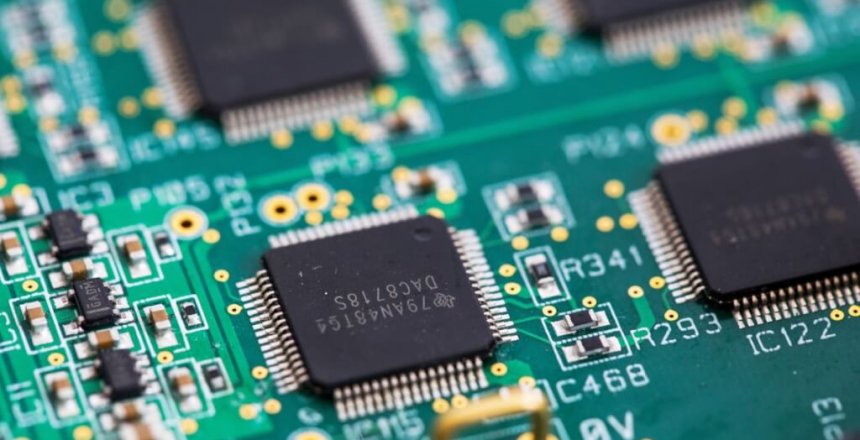Everyone who creates electronic products relies on components that are tied up with the Global Chip Shortage, but what exactly is it and why do some tech companies seem not to have a problem? Let’s find out…
The Global Chip Shortage
COVID-19 hit the chip industry particularly badly because with labour shortages due to lockdowns causing a drop in production, then a lot of manufacturers cut orders because of the drop in demand caused by the West getting COVID.
Another problem happened which some chip manufacturing plants caught fire and were damaged beyond repair and building a clean manufacturing plant takes years.
In Taiwan, the country is facing a drought which has made it impossible for their chip manufacturing plants from producing chips as they require super clean water from the local water supply.
Add to the fact that some countries are being squeezed with economic sanctions it bodes ill for anyone wanting to buy electronic components.
The Real Problem
The real problem is that manufacturers make products based on known components that were cheap and because of supply shortages, are now much more expensive. Instead of looking at similar components that do the same job and redesigning a board to take that component, they hold onto the design of their “trusted product.”
For example, Bosch make the modules that all cars use, the ECM (Engine Control Module) and BCM (Body Control Module) and some car manufacturers have cars waiting for these modules to be produced before they can sell them.
Tesla
Since Tesla sees themselves as a tech company rather than a car company, it builds it’s own boards it’s way and that allows them to chop and change components at a whim, and are always improving both the hardware and software of their vehicles. The door mechanism for instance has gone through several modifications within the same model, for instance in order to improve it’s design.
Apple
Since Apple makes their own computers, they can choose to redesign their motherboards and may even have components sourced from other manufacturers in different configurations ready to go in case they have a component shortage.
Apple is also investing a lot of money into chip manufacturers to produce thinner and thinner silicon parts so that their products are more heat efficient and at the same time, use less silicon. In addition to this, they sell processors that are “binned” or would normally be disposed of because part of the processor failed when it was tested, they now turn off that part and use the processor anyway.
This process not only reduces waste, it also increases supply of components that other manufacturers would dispose of and end up with less supply of components.

